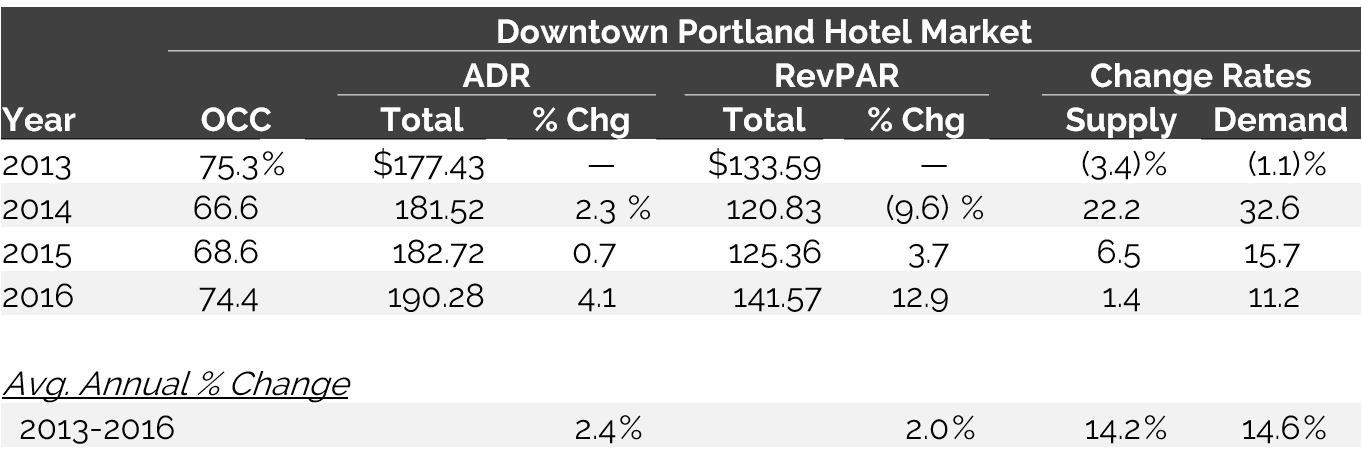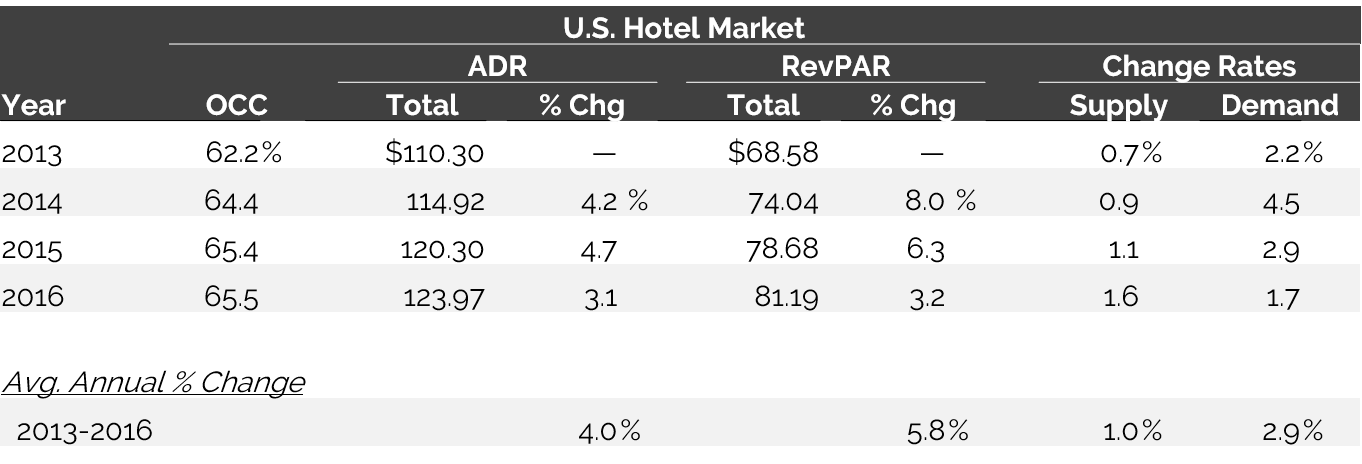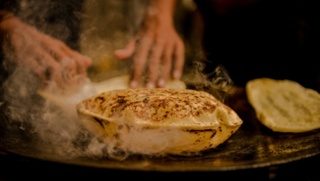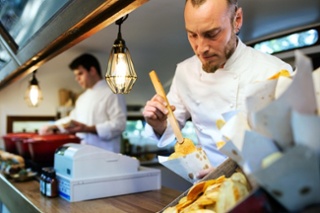By Frank Schuetzendorf
Food and beverage has witnessed health growth over the past couple of years and with this trend there have been some significant shake-ups. The sector has moved increasingly from imitation to innovation. New technology is driving products such as bio-hacked foods which may not sound very appetizing as they are de-composed and then reconstituted based on artificial intelligence (AI). There’s also a deeper understanding of F&B components at the molecular level.
Quantum computing, as it is called, allows companies to simplify and speed up the process. And as new and fresh supplies are generated, it becomes a new source of competitive advantage.
On the other side of the spectrum, where the use of technology is frowned upon, we also see strong growth, mostly linked to vegan food trends. Non-vegans are jumping on board as they become more nutrition conscious. These flexitarians (or semi-vegans), as they are referred to, may constitute a new but broad customer base, but producers need to remain mindful about the importance of flavor when launching new products to this niche market.
As technological advances play an ever important role in the industry, the next big thing is getting into consumer’s homes. Companies have begun connecting the dots when it comes to consumer convenience, so the quest for dominating the online grocery shopping is on.
Amazon dash buttons, which allow you to order your groceries by the push of a button, is what I would currently call the epitome of customer convenience. But approaching technology from another perspective will also reap some greatly promising benefits in the future. Metis co-founder David Richey, who had helped set the quality and service standards which became the industry benchmark, says technology has been disappointing so far.
“The principle use has been for better slicing and dicing of customer data for history and preferences - and for better targeting and analyzing populations for marketing purposes. But why haven’t we used AI more as a management resource?”
He cites the possibility of using weather, finance and population data to forecast beef prices up to 24 months in advance or buy cattle futures to hedge the market. Social media analysis could be used along with demographic data to predict wine trends which could then result in contracts with local producers.
That future may still be some way off, so what are the near term trends we can look forward to? Here are my top 10 hospitality trends that will continue to challenge, disrupt and entice producers and consumers – bon appetit!
1. Plant-based foods
![]() The hype about veganism is still going strong with great market potential, as consumers are looking at healthier lifestyles. As meat- and dairy-free diets go viral backed by with celebrities, star chefs and supermarkets filling the aisles, the trend is also riding on the power of the Internet to spread the word: Veganuary, a vegan website provides tips on how to live well without sacrificing taste, educating consumers on balanced diets.
The hype about veganism is still going strong with great market potential, as consumers are looking at healthier lifestyles. As meat- and dairy-free diets go viral backed by with celebrities, star chefs and supermarkets filling the aisles, the trend is also riding on the power of the Internet to spread the word: Veganuary, a vegan website provides tips on how to live well without sacrificing taste, educating consumers on balanced diets.
Along the same lines, another trend is on the brink of going mainstream: chicken, duck and meatballs made from animal cells, bypassing the need for farms and slaughterhouses, while significantly reducing the world’s carbon footprint. It may sound futuristic, but petri dishes are producing some promising results with this ‘clean meat’, as consulting firm Baum + Whiteman calls it. So will ‘from farm-to-table’ turn into ‘from lab-to-table’? Let’s see how this plays out …
2. Indian street food
The Asian street food trend has been around for quite some time. Over the past decade, Asian concept restaurants such as Wagamama or Ping Pong Dim Sum have had a good run for their money. But as different variations of Thai, Vietnamese or Korean BBQ shops and restaurants reach their prime, people are looking for new types of cuisines and combinations. With master chefs traveling around the world and bringing back new spices, flavors and textures, and introducing them into ![]() traditional recipes inspired by peasant food markets, there is a new star on the horizon that could just help the industry in filling any ‘after Asia cravings’. Welcome to Indian cuisine. India, with one of the most diverse culinary landscapes, will provide plenty of options.
traditional recipes inspired by peasant food markets, there is a new star on the horizon that could just help the industry in filling any ‘after Asia cravings’. Welcome to Indian cuisine. India, with one of the most diverse culinary landscapes, will provide plenty of options.
The use of aromatic spices, fruits and vegetables that are grown across this fertile country requires skill and mastery to avoid spoiling a dish. India’s vast geography and different demographic regions, all with their own traditions relating to their local cuisines, each with great differences in cooking techniques and cooking utensils, is just what the F&B scene needs right now.
Forget those green, red and yellow curries. What people want are grilled, smoked and seared dishes. Baum + Whiteman predict new ethnic dining niches that will combine Indian cuisine local favorites. New but recognizable is the motto, such as in a tandoori chicken poutine or spicy lamb burritos. Can Indian cuisine become the next fusion cuisine?
3. The new fast casual
![]() Á la minute cooking, fresh and healthy options, customer engagement and a variety of choices in the dish preparation process have proven to be successful in the fast casual segment in recent years. In order for these establishments to succeed in the future, however, relying solely on freshness, healthy options and great flavors and textures will not be enough. Consumers are increasingly demanding food anywhere and anytime. That means that fast casual operators need to think about how to provide fast home delivery, or drive-throughs or self-serve kiosks, to position themselves for competition from new entrants such New York’s Green Summit Group of virtual restaurants, accessible only online. Perhaps we will discover a new Vapiano with self-order stations similar to those found at McDonalds accepting payment by cryptocurrency?
Á la minute cooking, fresh and healthy options, customer engagement and a variety of choices in the dish preparation process have proven to be successful in the fast casual segment in recent years. In order for these establishments to succeed in the future, however, relying solely on freshness, healthy options and great flavors and textures will not be enough. Consumers are increasingly demanding food anywhere and anytime. That means that fast casual operators need to think about how to provide fast home delivery, or drive-throughs or self-serve kiosks, to position themselves for competition from new entrants such New York’s Green Summit Group of virtual restaurants, accessible only online. Perhaps we will discover a new Vapiano with self-order stations similar to those found at McDonalds accepting payment by cryptocurrency?
4. Going cashless
Restaurateurs are beginning to phase out cash in their operations. This saves them time by avoiding bank deposits and also has obvious operational benefits: fewer handling errors and incidents of theft; and instead, greater transparency and liquidity. Either way, the industry is heading towards a cashless future with simplified payments made easy through PIN-less card contact payments or ApplePay. Are we looking at future payments through electronic fingerprints, retina scans or even facial recognition?
5. One dish wonders or ODWs
![]() Single dish restaurants or one dish wonders such as shawarma bars, hotpot, Burger and Lobster, the meatball shop – you name it – authenticity works. Single dish restaurants are still up and coming. It’s all about specialization, finding, and exploring niches that few if any players have ventured into yet, staking a claim and providing for a unique experience while optimizing inventories and bringing about greater profitability.
Single dish restaurants or one dish wonders such as shawarma bars, hotpot, Burger and Lobster, the meatball shop – you name it – authenticity works. Single dish restaurants are still up and coming. It’s all about specialization, finding, and exploring niches that few if any players have ventured into yet, staking a claim and providing for a unique experience while optimizing inventories and bringing about greater profitability.
So far, this has been mainly savory but expect more sweet seductions or one dessert wonders to pop up. What will be the next big thing after Dominique Ansel’s Cronuts, a hybrid donut/croissant and Alain Ducasse’s Choux d’Enfer puff pastry with a choice of fillings?
The advantage of the pastry world is that we can create everything and anything from scratch. So with millennials entering the job market, I wouldn’t be surprised to find some really exciting product innovations designed by highly skilled and creative individuals. Kryptonite apple pie anyone?
6. Values and ethics
2018 will be increasingly about connecting with consumers on different levels. More and more customers will look beyond the product itself as a standalone purchase and take into account values such as ethics and transparency. Therefore, how companies demonstrate their commitment to their missions and visions will become increasingly important in the future. Companies will need to consider how they give back to mother earth through organic and biodynamic production processes, a human approach to farming, as well as the reduction of waste, and recycling.
7. Self-service kiosks and Grab and Go
People are mobile, and always on the go. Over the past years we have seen the ‘grab and go’ trend develop and evolve into a new lifestyle. People are more time sensitive, or as market research agency Mintel puts it, “time is of the essence”. The mobile snacking trend is only getting started. Today consumers are looking not only for health-conscious snacks allowing them to bypass lengthy meal times, but also expect fast snacks to be good for them. This has given rise to companies promoting slow cooking with traditional recipes. According to Mintel, there was a 214 percent increase in products in 2017 which included the mention of ‘slow’ in their product descriptions.
What’s new is that self-service kiosks, accessible 24/7, are becoming the new grab and go. Japan has had, for decades, hot and cold F&B kiosks across its cities, providing for consumer convenience while taking advantage of an immense marketing opportunity – the product here and now, at the right temperature. We should see more such kiosks popping up soon. Combined with innovative design, such kiosks can become a source of revenue at a marginal distribution cost, resulting in a further threat to the already-challenged traditional-brick-and-mortar restaurant model. Toutcru, a Lausanne self-serve kiosk concept that sells knife-cut tartare – a very sensitive dish from a food hygiene perspective – is only just the beginning of what we are looking forward in 2018.
8. Homemade
2018 is also going to be the year of homemade products. As governments encourage the development of start-ups, there is a blue ocean that is just waiting to be exploited. Micro-entrepreneur homemade F&B concepts are facilitated through delivery platforms such as JustEat, GrubHub, Deliveroo and other players. According to McKinsey, some 82 percent of food orders come from households, with only 16 percent from offices, and that the busiest delivery times are on weekends. Annual growth is forecast at 3.7 percent.
Hence with the expansion of food delivery services, we should expect a lot more home chefs to come forward with their own unique products, providing for a wide selection of F&B offerings across all ethnicities.
But this market won’t be limited to stay-at-home moms and dads with a passion for cooking. Hotels, making the best use of kitchen down times or semi-professional centralized production kitchens, will also become key players, using branded websites for distribution and maximizing profits through reduced fixed overhead costs.
Among with key success factors will be convenience, quality, healthy food, which is locally sourced and has ethnic appeal. Can we then expect a new series of TV shows featuring the most successful private chefs according to sales on distribution platforms?
9. Moringa
![]() Moringa is the next kale. It’s a plant extract from the moringa oleifera (or horseradish tree) from India that is high in antioxidants and boasts great health benefits. A report by the Sterling Rice Group states that moringa has “far more” protein, fiber, calcium and vitamins than matcha. Moringa is expected to go mainstream in 2018 so we should expect brands like Starbucks to introduce it into their product portfolio, or as Sterling Rice says “watch for moringa to become the next matcha latte or golden milk (turmeric) latte”.
Moringa is the next kale. It’s a plant extract from the moringa oleifera (or horseradish tree) from India that is high in antioxidants and boasts great health benefits. A report by the Sterling Rice Group states that moringa has “far more” protein, fiber, calcium and vitamins than matcha. Moringa is expected to go mainstream in 2018 so we should expect brands like Starbucks to introduce it into their product portfolio, or as Sterling Rice says “watch for moringa to become the next matcha latte or golden milk (turmeric) latte”.
10. Companion beverage bars
Acclaimed Michelin-starred chef Jean-Georges Vongerichten has once again anticipated the trend of homemade craft beverages. Over a decade ago, his non-alcoholic homemade fruit sodas such as Cherry-Yuzu, Ginger-Lemon or Passion Fruit-Lime were an essential part of his bar concepts. The uniqueness and the art of homemade craft sodas and spirits are becoming ever apparent as new beverage concepts are being introduced into restaurants. Companion beverage bars, as the Nation’s Restaurant News calls these, are characterized as exclusive, customizable, highly-profitable bars focusing on homemade or handcrafted beverages.
New creations, ranging from smoked and grilled ingredients to alcohol-free plant-based liquors, signature house craft beers and customer-tailored drinks will become the new unique selling point and a source of competitive advantage.
In summary, the trends for 2018 are a logical sequel to the evolution of the sector in recent years. We should expect to find some astonishing new concepts around honest, transparent, highly-customized and specialized F&B, while also being mindful about profitability in a traditionally low-margin industry driven by high labor costs. Such developments are greatly inspiring and provide momentum, calling for a paradigm shift in not only what we do and how we do things, but also why. The seeds sown over the last couple of years should result in a promising 2018 vintage in this exciting industry.




















